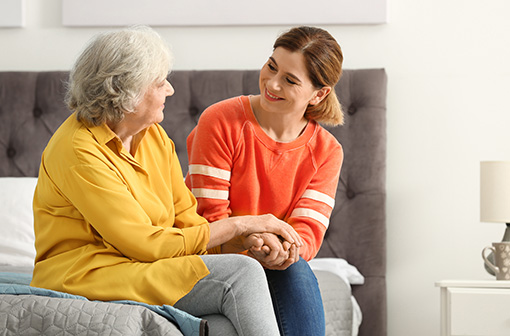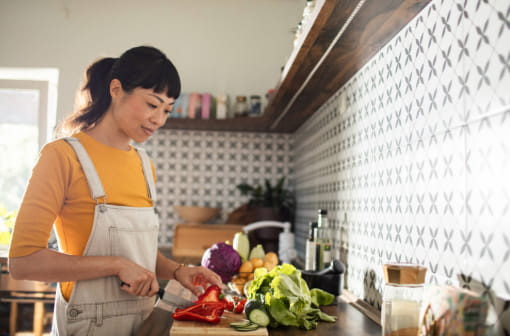“We never know when we might have a setback—a fall or a stay in hospital—but if you’re physically fit, you’re more resilient. It’s easier to bounce back and return to normal sooner.”—Martin Bending, State Services Manager NSW, Remedy Healthcare.
Key points
- From maintaining strength and mobility to slowing the loss of muscle and bone mass that naturally occurs as we age, exercise can have a positive effect on both our present and future.
- If you’re strong and fit, you’re more likely to live longer and have a better quality of life as you get older.
- Consult your doctor or get a referral to an exercise physiologist or physiotherapist before starting a new exercise program.
Exercise is a key foundation of general health and wellbeing at any age, but keeping fit and active becomes even more vital as we get older.
Here we discuss the benefits of prioritising physical fitness, the potential consequences of avoiding exercise as we age, motivation and obstacles, and how to get started on a path to a fitter, stronger and healthier you.
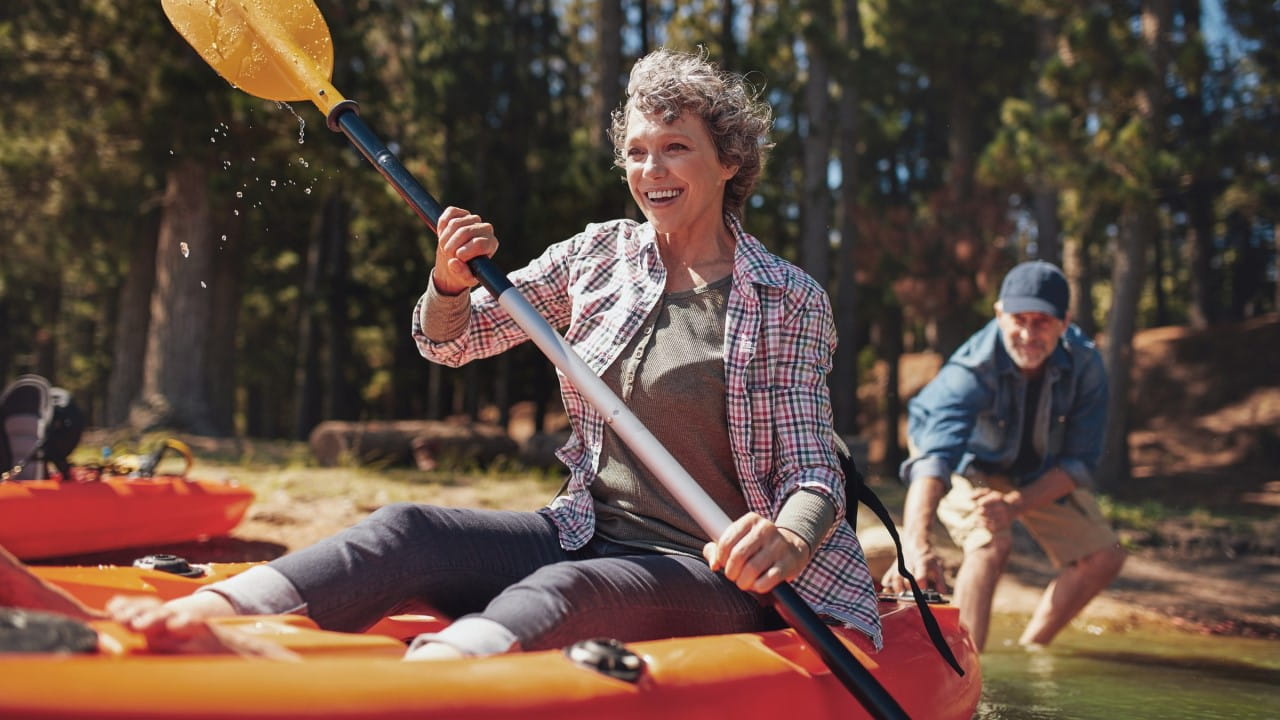
The importance of staying active
From maintaining strength and mobility to slowing the loss of muscle and bone mass that naturally occurs as we age, exercise can have a positive effect on both our present and future – and is a wise addition to our permanent to-do list.
“We know from research there’s an increased risk of cardiovascular disease and diabetes due to inactivity, and there’s evidence to suggest that if you’re less physically active you’re at greater risk of certain types of cancer,” says exercise physiologist Martin Bending, State Services Manager NSW at Remedy Healthcare, Australian Unity’s health partner.
“There are also implications for mobility if fitness is neglected – we’re less able to do the things we’d like to, like playing with grandkids, going on trips, even just getting from A to B. When we exercise, we’re using muscles, stimulating our cardiovascular system and our heart, and it has an anti-inflammatory effect on the body.
“The old mantra ‘use it or lose it’ is 100 percent the case in terms of the benefits of exercise.”
Reaping the benefits of a focus on fitness
Martin has a simple motto that sums up the value of making fitness a priority: “Add years to your life and life to your years.” If you’re strong and fit, you’re more likely to live longer and have a better quality of life as you get older.
“Using our cardiovascular and musculoskeletal systems when we exercise helps stave off the effects of ageing,” says Martin.
While exercise and physical activity is one of the best preventative measures in terms of protecting our health, it also helps us recover quickly when things do go wrong.
“Anything you can do later in life gives you insurance of mobility and fitness,” explains Martin.
“We never know when we might have a setback – a fall or a stay in hospital – but if you’re physically fit, you’re more resilient. It’s easier to bounce back and return to normal sooner.”
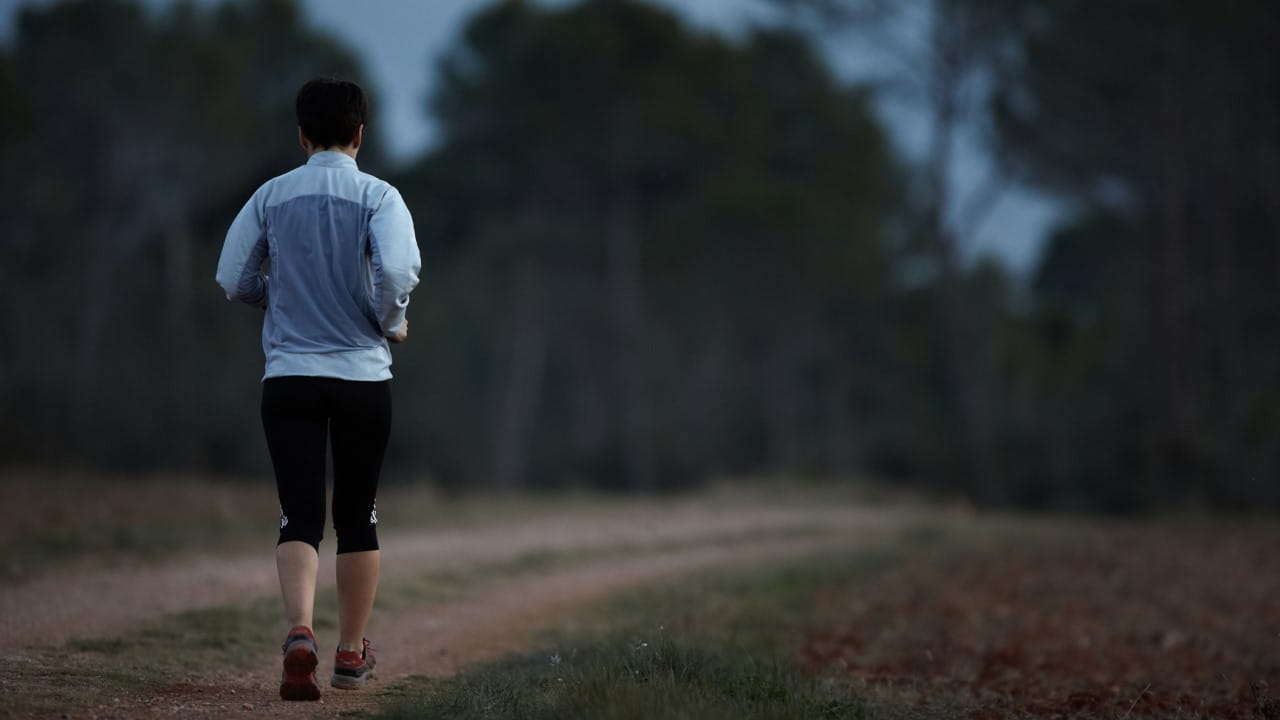
Finding your reason why
While the positive impact on our general health and wellbeing is enough reason to keep active, pinpointing other motivating factors can help to kickstart a commitment to exercise.
“Priority drives behaviour: if something means a lot to you, you’re going to act on it,” says Martin.
Maybe it’s keeping up with the grandkids, participating in the sports and hobbies you enjoy, being able to travel, or simply making new friends or maintaining your independence and self-confidence. Whatever your motivations are, they will assist you on the journey to making physical fitness a part of everyday life.
Overcoming obstacles and breaking down barriers
There are many potential hurdles for older people who are looking to undertake an exercise program and reach their fitness goals. Underlying health conditions are at the top of the list – but the barrier they create can be more mental than physical.
As Martin explains: “We see situations where someone presents with fear-avoiding in relation to exercise. For example, if you have osteoarthritis of the knee, you might have the perception that maybe it’s not safe to exercise, go walking or do anything that uses the knee. But the evidence for osteoarthritis actually suggests, in a graded and moderated way, exercise is what’s best – it’s about easing your way into it.”
Sticking to an exercise schedule can often be difficult when life gets in the way, or if motivation is at a low ebb.
“Routine is really important to maintaining fitness, but things do come up,” says Martin.
“So how can we effectively adjust to make sure exercise remains a priority? Something is better than nothing – if you can’t commit to full session or program, can you commit to part of it?
“The hardest thing is putting on the gear and getting out there. But benefits can be achieved through shorter stints of exercise too.”
There’s always a way around obstacles and limitations when it comes to exercise.
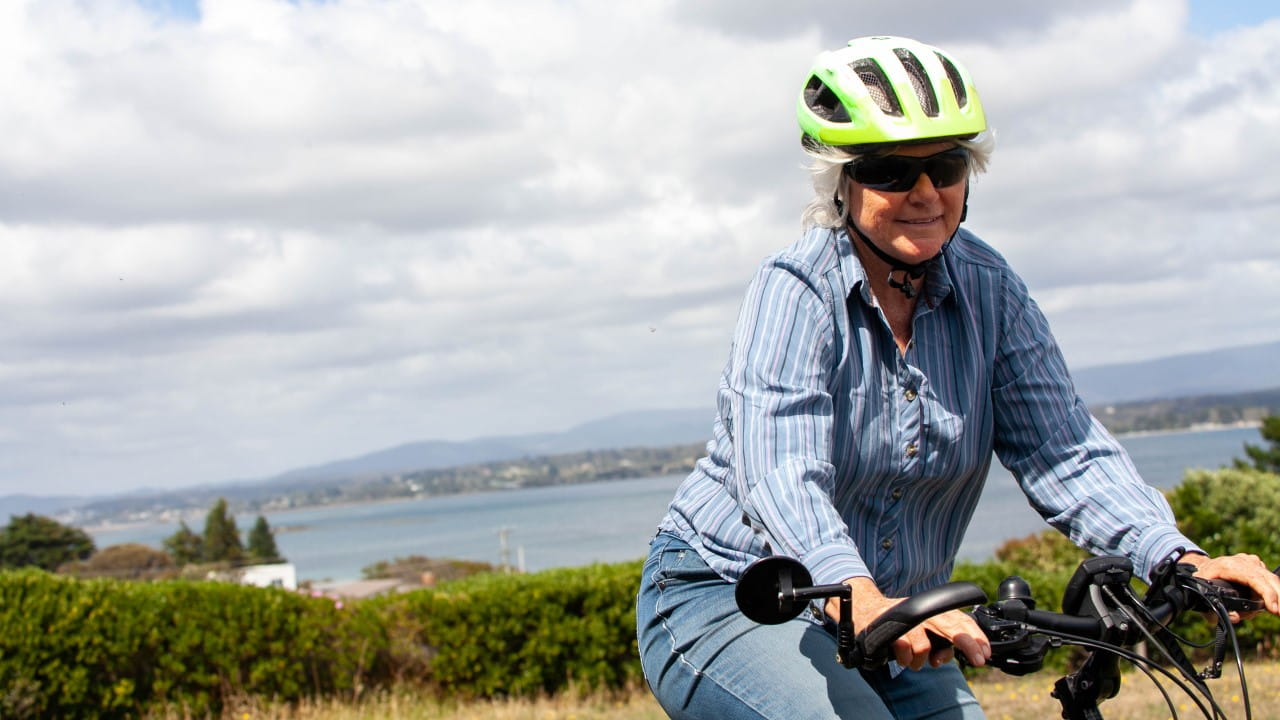
Tailoring an exercise program to suit you
Martin recommends consulting your doctor or getting a referral to an exercise physiologist or physiotherapist before starting a new exercise program. They can provide advice around the types and intensity of exercise based on your current level of fitness, previous exercise experience, underlying health conditions and medications.
It's also important to implement the fun factor into staying active. Whether it’s the social side of things or a particular sport or activity, what do you enjoy?
“Some people understand if they do a program by themselves, they’re not going to adhere to it,” says Martin.
“Incorporating social interaction may be better, such as tai chi, yoga classes, sports clubs, a walking group or a class at a gym. You never know until you try, so give it a go and understand what works and what doesn’t.”
Moderation is also key, according to Martin – particularly when just starting out on a new exercise regime.
“If someone overdoes it by going too hard too soon, they’re back to square one. Make sure it’s sustainable so you can commit for a long period and get the full benefits of exercise.”
It’s never too late to start
“We see people in their 80s who have never been in a gym before and they love it,” enthuses Martin. “Our oldest client is over 100 and he’s keeping fit and active, so there’s no reason anyone younger can’t do it.”
Ideally, we would have led a consistently active lifestyle from our younger years, providing us with a strong base level of fitness. Realistically, though, that’s not going to be the case for everyone.
The good news is any exercise we commit to will improve our quality of life. It’s all about taking that first step.
Disclaimer: Information provided in this article is of a general nature. Australian Unity accepts no responsibility for the accuracy of any of the opinions, advice, representations or information contained in this publication. Readers should rely on their own advice and enquiries in making decisions affecting their own health, wellbeing or interest. Interviewee names and titles were accurate at the time of writing.
Remedy Healthcare Group Pty Limited and Australian Unity Health Limited are wholly owned subsidiaries of Australian Unity Limited.
An Australian Unity health partner, Remedy Healthcare provides targeted, solution-oriented healthcare that is based on clinically proven techniques. For more than 10 years Remedy Healthcare has worked with more than 100,000 Australians – helping them to manage their health through caring, coaching, empowerment and support.
